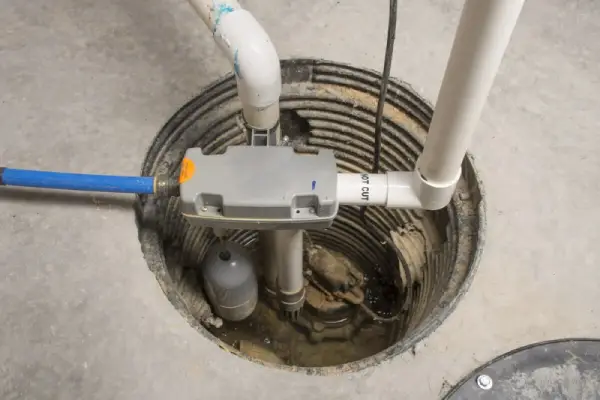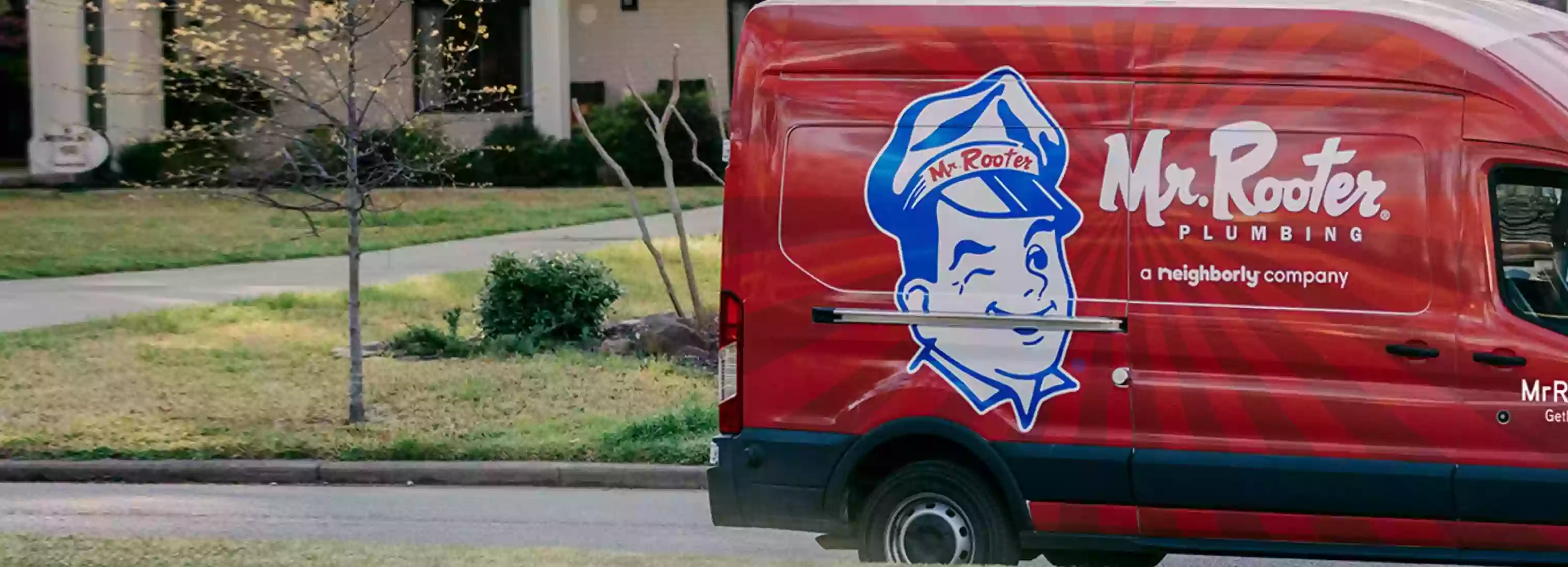Basic Sump Pump Maintenance

Your sump pump is an important line of defense against basement and crawlspace flooding—an issue that affects more than 60% of homes in the United States. Sump pumps typically sit in the lowest area of the home, which is the most likely to flood first if a water problem does occur. Because these appliances are located in areas that you or your family may not frequent, it can be easy to overlook your sump pump’s needs. However, your sump pump does require some basic care and maintenance to ensure it is ready to work in the event of an impending flood. Keep reading to find out how to care for your sump pump and what to do if there is a problem you aren’t sure how to solve.
Annual Cleaning
Even if your sump pump never activates, it can still accumulate dirt and debris as it sits in the sump pit. Once a year, it’s a good idea to flush out your sump pump to ensure it is clear of any debris that could affect its function. First, unplug the sump pump and remove it from the pit completely. You can place your sump pump in a utility sink if you have one large enough, or take it to your garage or driveway to flush the appliance out with a hose. To clean it, remove any buildup on the unit and rinse it with clean water. Before replacing the sump pump, check the sump pit for rocks or large debris and remove them, then replace the pump in the pit and reconnect it, making sure the pump is upright. You should also check the sump pump drain where it exits your home to ensure it is not blocked by dirt, rocks, or other debris. If you have trouble removing or cleaning the sump pump, it appears damaged or corroded, or the drainpipe is severely clogged, call your Portland plumber to take a look at the system and perform any repairs or drain clearing as needed to make sure the pump will activate as it should if excess water enters the pit.
Sump Pump Testing
Testing your sump pump is simple, but can save you significant time and money in the event of an actual flooding threat. To test your sump pump, check that the drainpipe is clear on the exterior of your home, then pour water into the sump pit to activate the pump. If the sump pump is working properly, it should begin pumping water out of the pit once the water level becomes high enough to trigger the pump’s float switch. Once the sump pump has removed the excess water and the level inside the pit has fallen, the pump should stop. If the float doesn’t rise with the water level or the pump fails to activate or deactivate during the test, call in your plumber right away to determine the problem and repair or replace the unit. Letting a damaged sump pump go unaddressed will only put your home at risk for flooding if a rainstorm or other threat occurs before repairs or replacement can be performed.
Your Portland plumber is here to help you with more than just leaks—he can also help you install and maintain a sump pump to protect your home and your belongings from water damage.
About the Author: Steve Ferree, Mr. Rooter Plumbing of Portland
Steve has been a trusted Mr. Rooter owner of Mr. Rooter Plumbing of Portland since 1999. With over 20 years to back him, Steve has experience with a wide range of plumbing-related solutions and systems. He and his team specialize in drain cleaning, sewer repair, re-piping, and more.
 Click to call
Click to call


